Introduction
We all know how important it is to have a vacuum while cleaning the entire house. But do you know? We need to be more mindful of the cleaning ways in which we can harm our environment.
You might wonder how just cleaning can harm our environment? But it is true that we may harm our environment if we are not aware of the ways we clean surfaces.
The first and most widely used way is vacuuming to clean the floor. Now, selecting vacuums and vacuuming methods impacts either positively or negatively on surroundings.
We may use different types of chemicals for surface cleaning. It also has an adverse effect on our ecosystem.
In this article we discussed how one can choose an eco-friendly vacuum cleaner. Users will know what one should look for in a vacuum cleaner while selecting an eco-friendly variant. Additionally, we have also given tips on surface cleaning.
You are the only one who can save our environment. Remember, each individual effort will count towards saving our planet.
1. Get a Vacuum having a Less Powerful Motor
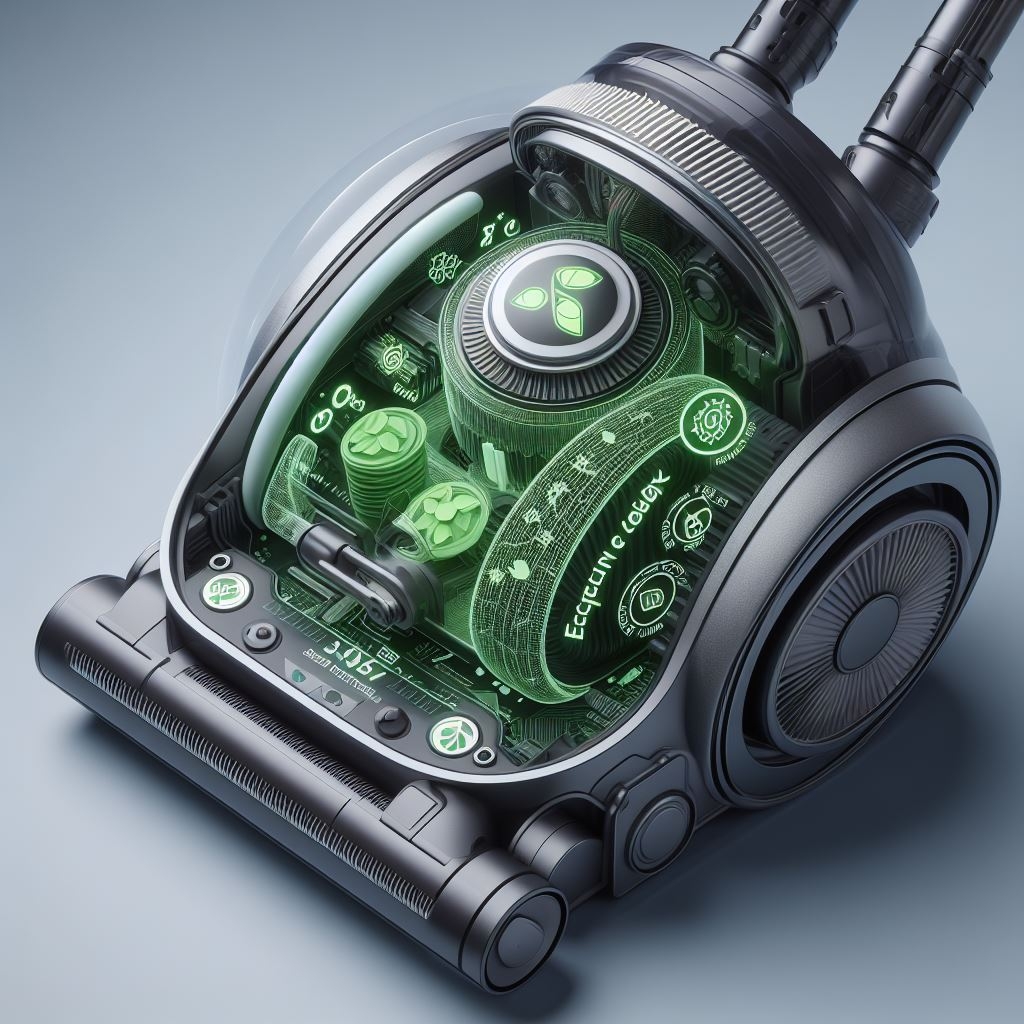
Vacuum motors consume a lot of energy, with a standard vacuum using between 500W to 3000W. This high energy usage can burden the power supply which impacts the ecosystem.
Smaller vacuums with less powerful motors save energy, prevent outages, and reduce the strain on power plants. This leads to fewer greenhouse gas emissions.
It means the amount of electricity used is directly proportional to greenhouse gas emissions. Hence, consider a small to medium size vacuum to minimize energy usage.
Electricity usage also changes with the type of surface or floor. Hardwood floors and tiles consume lower energy compared to carpets.
According to vacuumfiltrations.com, vacuum pumps use more electricity than other filtration techniques. Moreover, additional features can increase power use.
Regular maintenance helps to sustain the performance and minimizing energy usage. So, ensure to empty the bag and clean the vacuum filters on each usage. For cleaning the filter of vacuum, tap on any hard surface which removes dust clumps.
Cleaning filter of vacuum cleaner is simple, first take it out then tap gently on hard surface. You will see dust clumps coming out of it. Reusable filters can be rinsed in lukewarm water and ensure to dry them completely, before reinserting. Doing the above can help to boost energy efficiency.
2. Buy and Set up Automated Vacuum
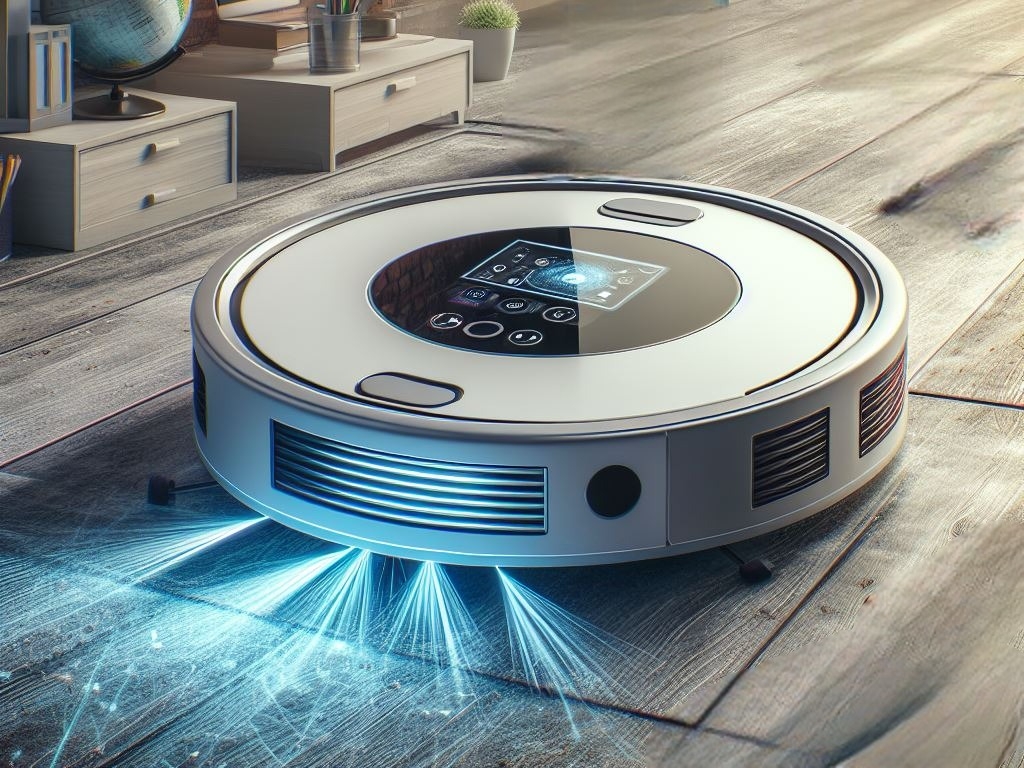
Robot vacuum cleaners use less energy than traditional vacuums for the same cleaning period. But if you use a traditional vacuum once a week. On the other hand, if you run or schedule a bot daily then it may result in even more energy utilization.
Instead of cleaning every day, schedule it for every few days, and use the vacuum bot only when needed.
Robot vacuums like Roomba, Neato, or Ecovacs come with scheduling, mapping, and smart connectivity.
Some bots use Wi-Fi for precise navigation, and use power only while charging.
Define specific areas or rooms to be cleaned or avoided. This ensures targeted cleaning and prevents unnecessary energy consumption in unused spaces.
Many automated vacuums offer energy-saving settings to conserve power during operation. Enable features like “Eco Mode” or “Auto-Adjust Cleaning Power” to minimize energy use while maintaining cleaning efficiency.
Automated Vacuum Helps in Reducing Energy Consumption
Efficient Cleaning Patterns: Automated vacuums use advanced navigation technology to efficiently clean your home, minimizing redundant passes and reducing overall cleaning time and energy consumption.
Scheduled Cleaning: By scheduling cleaning sessions at times when energy demand is lower (e.g., during off-peak hours), you can further optimize energy usage.
Targeted Cleaning: Mapping and zoning features allow automated vacuums to focus on specific areas, avoiding unnecessary cleaning of unused spaces and conserving energy.
Energy-Efficient Design: Many automated vacuums are designed with energy efficiency in mind, utilizing efficient motors and sensors to optimize power usage during operation.
Using the functions of an automated vacuum system leads to a cleaner home and contributes to long-term energy conservation.
3. Consider using a Bagless Vacuum
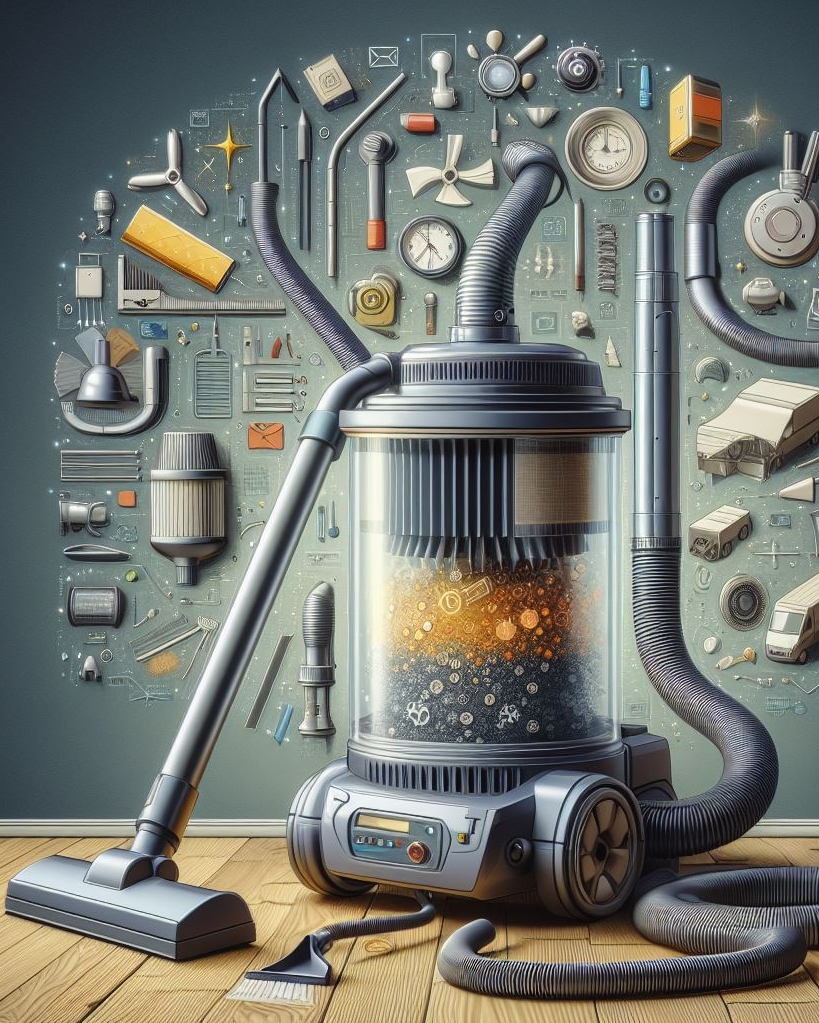
Using a bagless vacuum cleaner can have a significant impact on the environment. With traditional vacuums, you need to constantly buy and dispose of vacuum bags.
These bags are made from non-biodegradable materials like plastic, which contributes to waste and pollution. Furthermore, the production and transportation of these bags also releases harmful greenhouse gases.
In contrast, vacuums having reusable containers are alternatives to traditional bagless vacuums. These new containers reduced the demand of bagless vacuums as well. This means less waste generated, and fewer resources consumed.
Bagless vacuums often have washable filters. This helps to reduce waste and save money over time.
By using a bagless vacuum, you are also reducing your carbon footprint. The energy used to produce, transport, and dispose of traditional vacuum bags is eliminated.
Bagless vacuums are also usually more energy-efficient, helping you save electricity and lessen your overall environmental impact.
Furthermore, using a bagless vacuum can improve indoor air quality. Bagless vacuums offer advanced filtration systems that trap a higher proportion of dust and allergens. This filtration technique is better for people having asthma, dust allergy or other kind of respiratory condition.
Additionally, they are a durable and environmentally friendly choice. Because it minimizes waste, reduces energy demand, and improves air quality of living ambience. So, consider switching to a bagless vacuum cleaner to impact positively on the ecosystem.
4. Consider getting a Energy-Efficient Vacuum with an HEPA filter
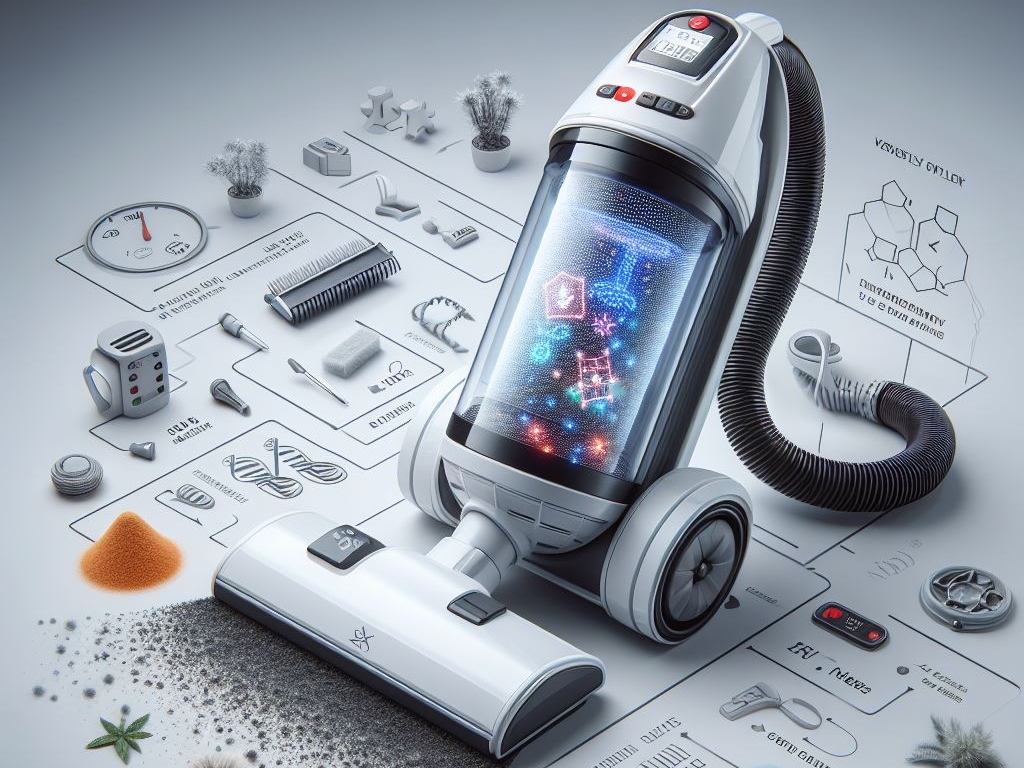
Using a vacuum cleaner having an HEPA filter and energy-efficient motor impacts positively our environment.
HEPA filters capture small particles like dust, pollen, and pet dander to improve indoor air quality. By opting for a vacuum cleaner equipped with a HEPA filter, you can effectively reduce the presence of allergens in your home.
This is especially important for individuals with allergies or respiratory conditions like asthma. Breathing in cleaner air can lead to improved health and overall well-being.
In addition to the health benefits, an energy-efficient vacuum cleaner with a HEPA filter can also save you money.
These vacuum cleaners are crafted to minimize energy usage, resulting in decreased electricity costs and lower carbon emissions. It is important while considering the impact of energy utilization on climate change.
Furthermore, HEPA filters are usually washable and reusable, eliminating the need to constantly buy and dispose of filters. This reduces waste and lowers your environmental footprint.
Using a washable filter is a better choice for the environment because it reduces greenhouse gas emissions from producing and transporting disposable filters.
Getting an energy-efficient vacuum cleaner with an HEPA filter is a win-win for your health and the environment.
It improves indoor air quality, using less energy, and producing less waste can help the environment and keep your home clean.
How to Clean the HEPA filter?
Before washing these HEPA filters, check the manual as few filters can be washed with soap. Such Cleaning the filter is easy and requires only basic steps.
To eliminate any particles, clean the filter by using soap, rinsing it with running water, or utilizing a bucket. Other filters can only be cleaned with clear water.
Afterward, do not wring out, instead squeeze the filter to drain excess water. Ensure the filter is completely dry prior to reinserting it into the vacuum.
5. Opt for a Plug-in Vacuum
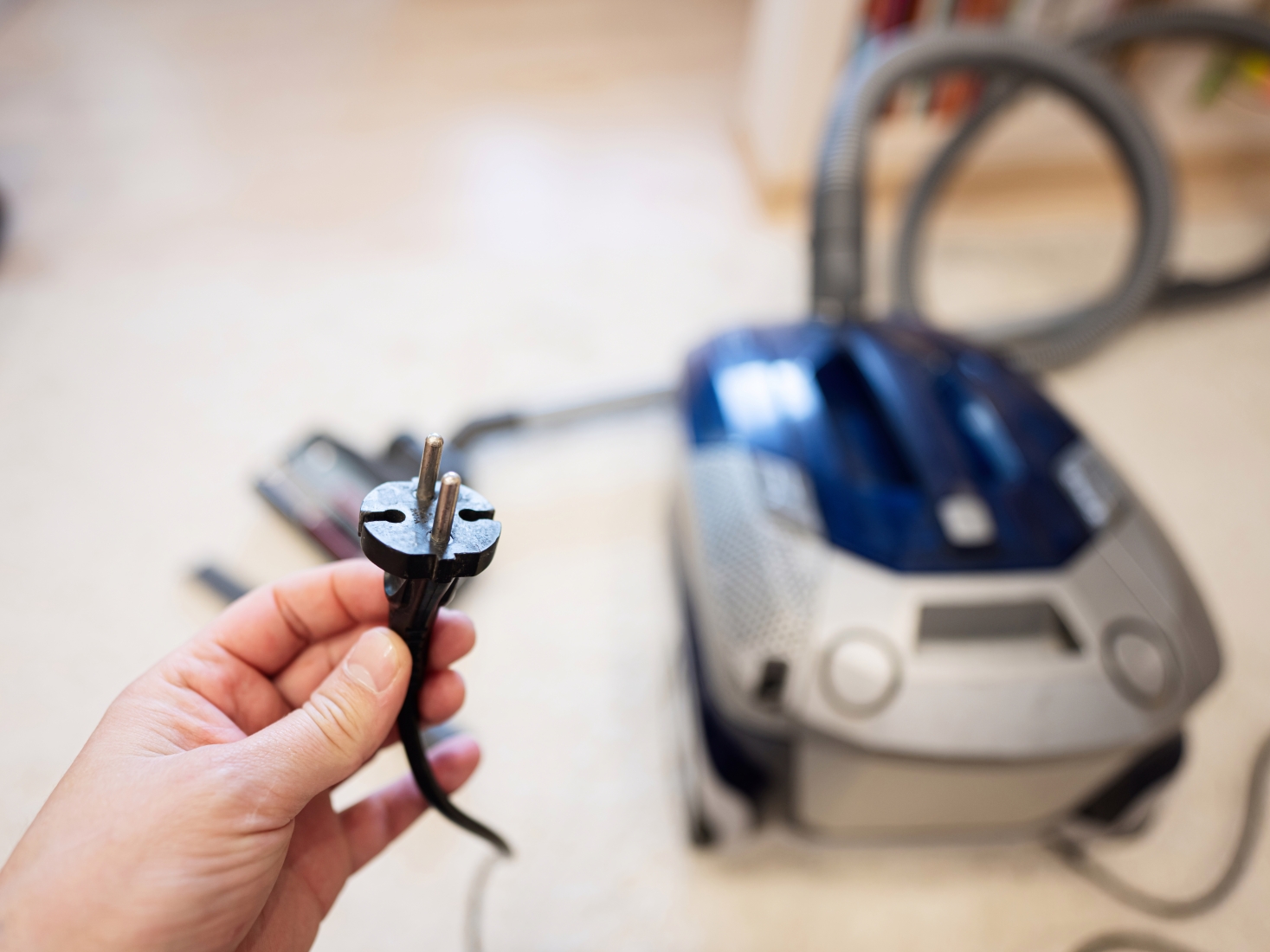
Plug-in vacuums have a positive impact on the environment when compared to battery-powered vacuums. This is because plug-in vacuums derive their power directly from the electrical grid, eliminating the need for disposable batteries.
Plug-in vacuums usually consume electricity, adding to overall energy usage and carbon emissions. Still, energy-efficient models save electricity and lower carbon emissions, while older, less efficient models have a greater environmental impact.
According to Energy Star, plug-in vacuums are up to 50% more energy efficient than their battery-powered counterparts.
This means that plug-in vacuums consume less electricity and help reduce carbon emissions, resulting in a cleaner and healthier environment.
Furthermore, plug-in vacuums have a longer lifespan than battery-powered vacuums. While battery-powered vacuums require frequent battery replacements, plug-in vacuums can last for years with proper maintenance.
The longer lifespan of plug-in vacuums reduces electronic waste, which is a major environmental concern. By opting for a plug-in vacuum, you are contributing to the reduction of electronic waste and promoting sustainability.
In addition, plug-in vacuums provide consistent and powerful suction throughout their use. Unlike battery-powered vacuums, which tend to lose power as the battery drains, plug-in vacuums maintain their performance level.
This ensures more efficient cleaning and reduces the need for multiple passes over the same area. Ultimately, this saves time and energy, making the cleaning process more convenient and effective.
Improper disposal of old vacuums can also impact the environment. It is essential to recycle or properly dispose of old vacuums to prevent them from ending up in landfills.
In summary, plug-in vacuums offer several advantages over battery-powered vacuums in terms of environmental impact. With their energy efficiency, longer lifespan, and consistent performance, plug-in vacuums contribute to a greener and more sustainable future.
By choosing a plug-in vacuum, you can protect the environment while keeping your home clean and dust-free.
Additionally, plug-in vacuum cleaners add to waste and pollution during their production and disposal. But choosing a vacuum with durable and recyclable materials can help reduce environmental impact.
Tips that Help Protect our Environment
Apart from using an eco-friendly vacuum, consider these additional tips to help the planet while cleaning your home.
Reuse old fabric as dust rags
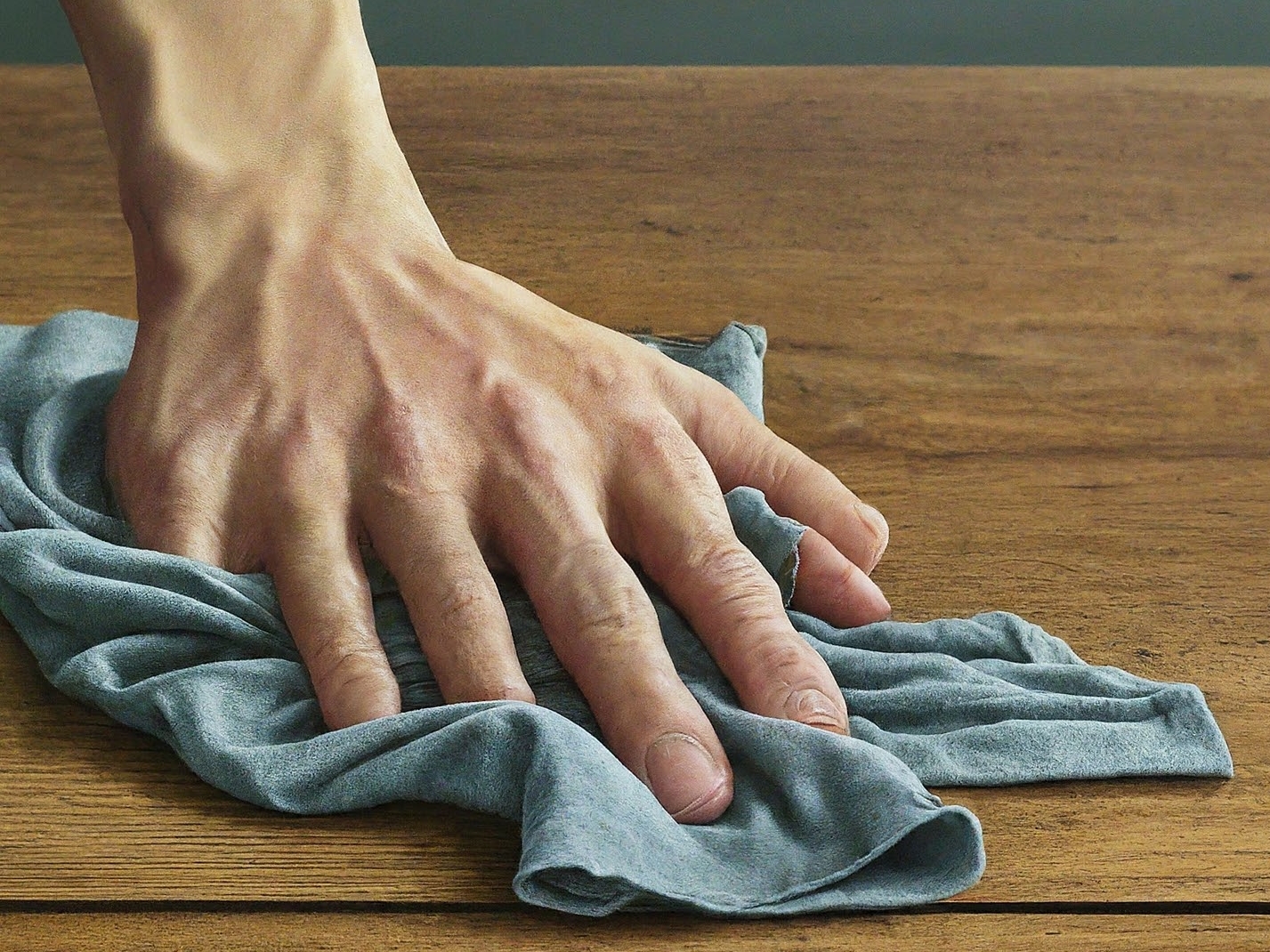
Instead of using paper towels, use old fabrics as dirt rags. It will ensure the use of old clothes in a better way and contribute to the reduction of waste in landfills. Upcycle an old t-shirt, towel, or washcloth for this purpose; wash and reuse the rags to contribute to environmental conservation.
Indian houses are a good example of this as these people actually reuse old fabric clothes for cleaning.
Consider using Aromatic Potpourri

Use Aromatic Potpourri as a natural alternative to air fresheners. Because most air fresheners contain chemicals that affect indoor air quality.
Potpourri is made from dried plants and gives off natural scents like citrus without releasing harmful chemicals.
Naturally Remove Mold
Avoid using chemical cleaning products for stubborn mold stains as they can harm water supplies when washed away.
Additionally, the transportation and disposal of these products contribute to greenhouse gas emissions and plastic buildup in landfills.
Instead, consider using baking soda, a natural and readily available product found in most homes, to tackle stains.
Use an eco-friendly way of removing the odor of vessels. First, add some baking soda to your dish soap. It effectively removes odors and helps save money. It is a simple and cost-effective alternative that helps minimize environmental impact.
Use All-Purpose Cleaning White Vinegar

A great alternative to a lot of cleaning products you use at home is vinegar. Try it out! Use vinegar and old newspapers for cleaning windows and mirrors, or mix it with some dish soap for the dishwasher.
Try a mix of water and vinegar for mopping floors; it works really well. If you are buying cleaning stuff, choose white distilled vinegar for better cleaning.
Make Use of Lemon as Cleaner
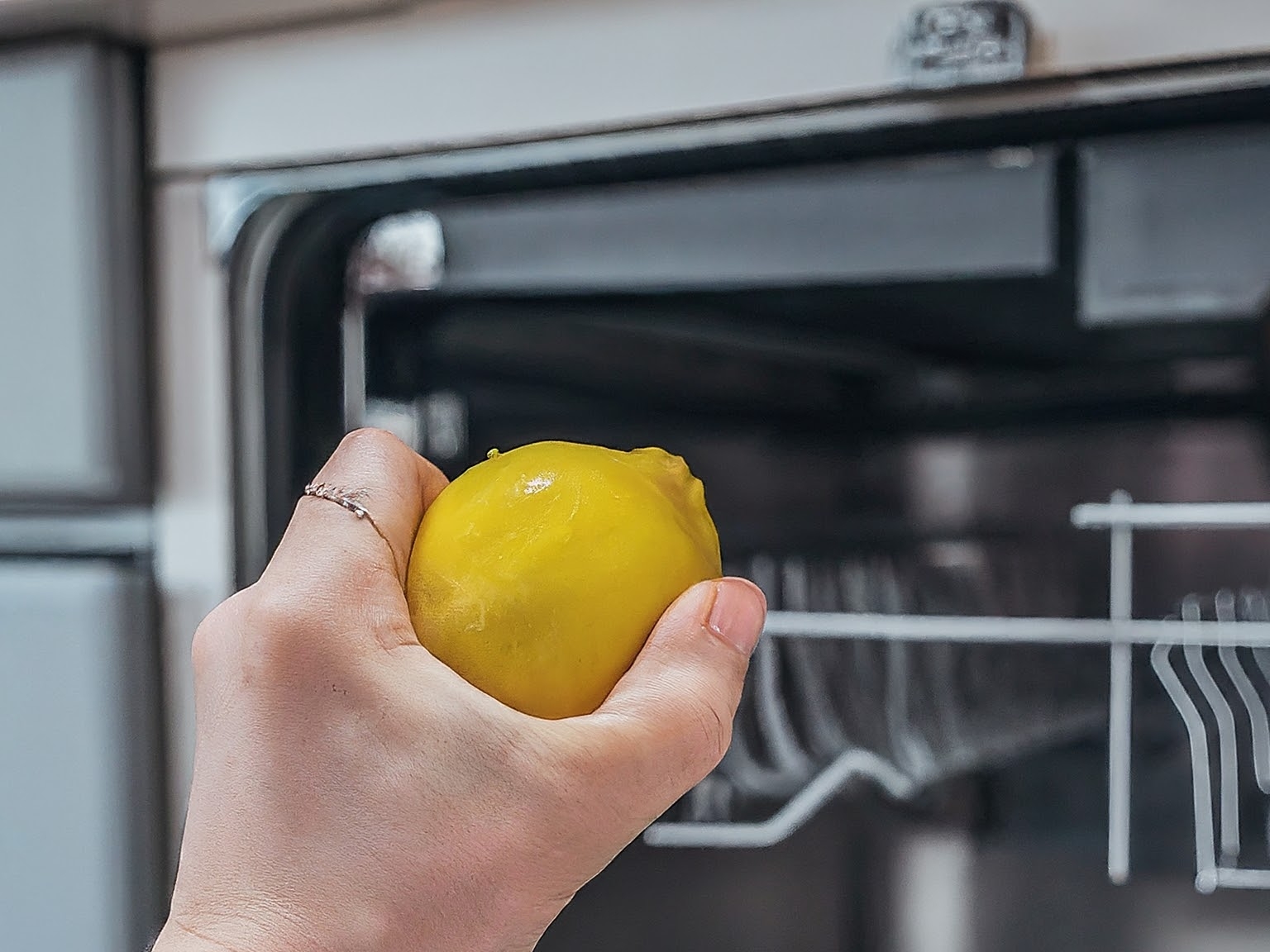
Lemon helps to clean your stainless steel kitchen appliances. Use a half-cut lemon with some salt, and use it to scrub the metal naturally. Take a soft cloth rinse in running water, then squeeze the cloth and wipe the metal.
This eco-friendly cleaning method improves the appearance of your appliances. Using safe and natural cleaning methods helps to reduce water pollution.
Some harsh cleaning solutions have strong fragrances which last long. People may use room freshener for a refreshing feel. Because of releasing chemicals in the air, they might not be safe. You can reduce this risk and increase in-house air quality.
Get an Eco-friendly Vacuum
For supporting environmental protection, take small daily efforts which are crucial for the planet. Investing in an eco-friendly vacuum is a meaningful step toward sustainability. When buying a vacuum, consider its motor power and features to make an informed, eco-conscious choice.
Conclusion
In conclusion, choosing an eco-friendly vacuum cleaner is more than just a household decision—it’s a step towards a greener, healthier planet.
By opting for models with energy-efficient motors and sustainable materials, we not only keep our homes clean but also reduce our carbon footprint.
HEPA filters, catching tiny particles like dust and pollen, enhance indoor air quality, making our living spaces healthier for all. Bagless designs eliminate the constant need for disposable bags, cutting down on waste and pollution.
Robot vacuums, with their lower energy consumption and smart features, offer convenience while still being eco-conscious.
And let’s not forget about the importance of plug-in vacuums—choosing energy-efficient models and proper disposal methods can significantly reduce their environmental impact.
Plus, vacuums with washable filters break the cycle of constant replacements, promoting sustainability.
But it doesn’t stop there. Small changes in our cleaning routines, like using eco-friendly products and techniques, can make a big difference.
From repurposing old fabric as dust rags to opting for natural cleaners like vinegar and lemon, every effort counts.
So make use of eco friendly cleaning tips and practices. It’s a simple yet impactful way to contribute to a cleaner, greener future for generations to come. Together, we can keep our homes clean and our planet thriving.
More interested readers can read the features to choose eco-friendly vacuum cleaners. They thoroughly examine the criteria for achieving the minimum environmental impact of a vacuum cleaner.
About the Author

Ashish Salunke
Ashish is a tech enthusiast and writer who shares his extensive research and writings about innovative cleaning trends. He also writes insightful reviews on the latest vacuum cleaners on PlanetVacuum.
Leave a Reply